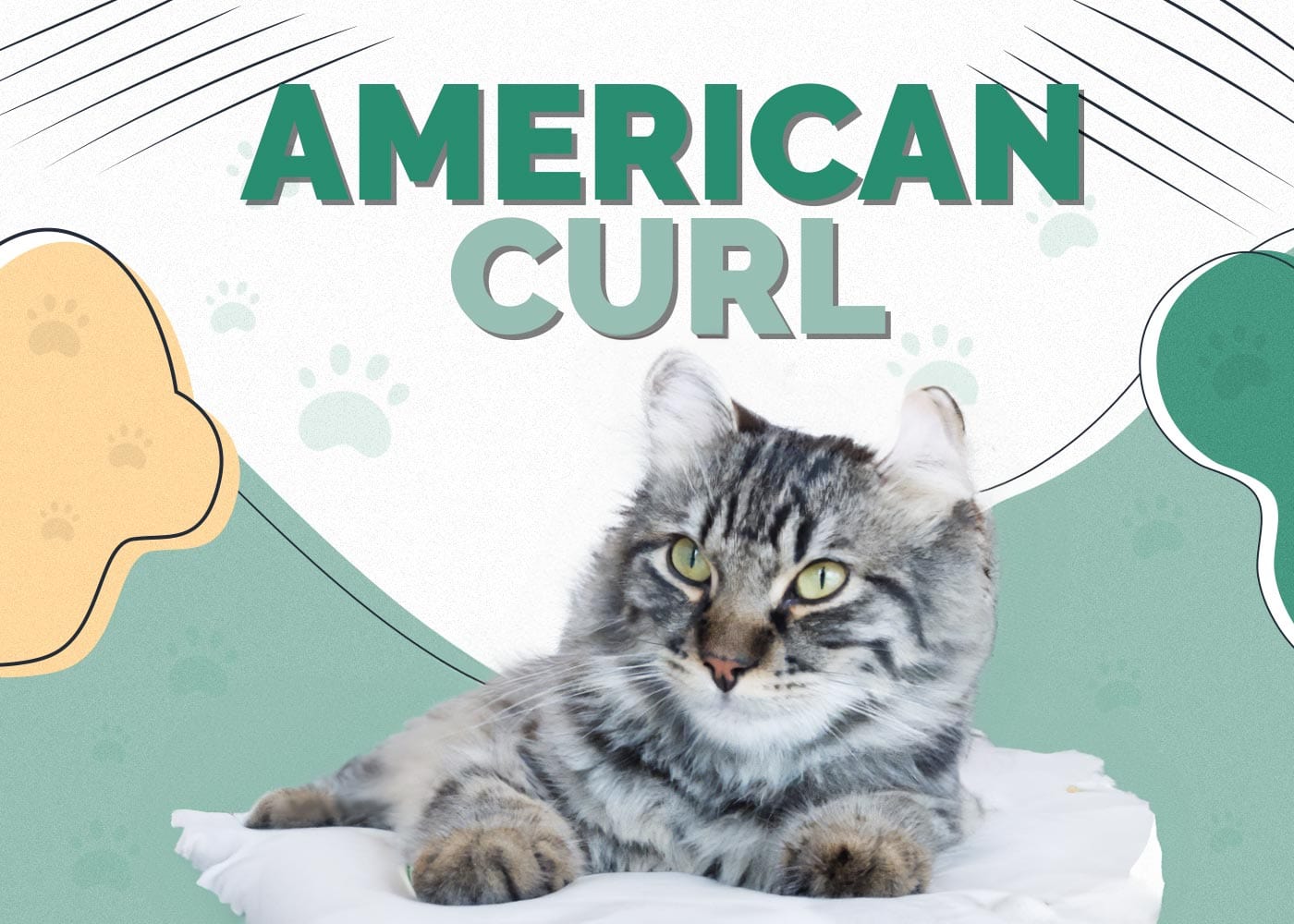How Do Cats Mark Their Territory? 5 Common Ways Explained

Updated on
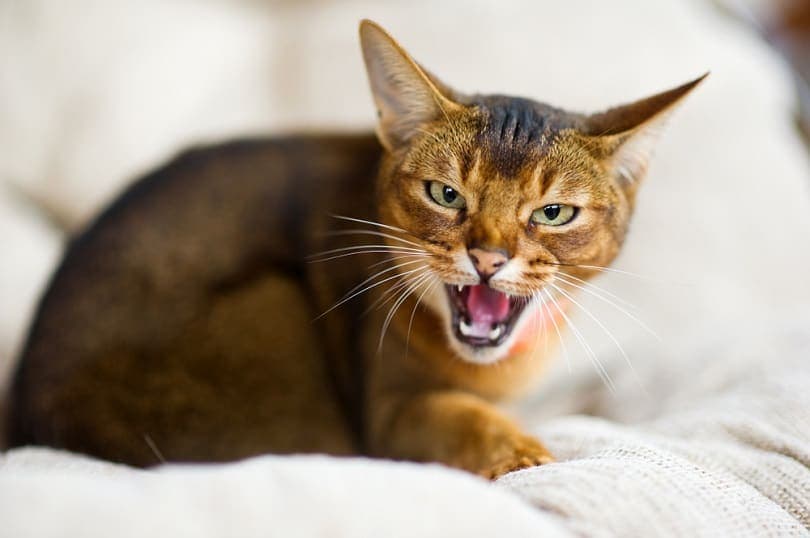
Cats, like many animals, mark their territories to send various messages. But if you are not fluent in the feline language, some of their methods seem baffling or, worse, destructive. One of the ways they mark territory is by spraying. Understanding how cats mark their territory—and why they do it—can help you navigate tricky situations with your furry friend.
The 5 Ways Cats Mark Their Territory
1. Spraying
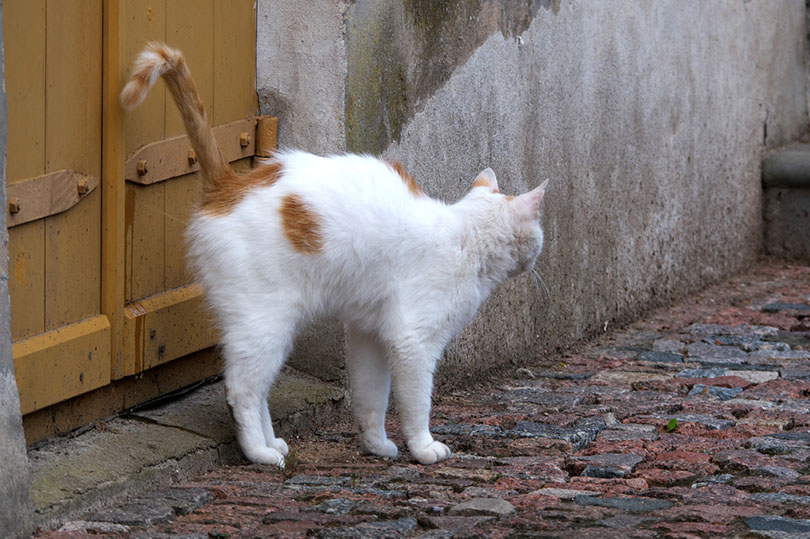
First things first: in cats, spraying is different from regular urination. When cats spray, they will stand upright and expel a small amount of urine on vertical surfaces (like walls and furniture) as opposed to crouching down to urinate in their litter box. The smell is also more potent than cat pee.
Having a pet means cleaning up smells, stains, hair, vomit, and more...and you can add to your pet clean-up routine with the Hepper Advanced Bio-Enzyme Pet Stain & Odor Eliminator Spray.
- ADVANCED ENZYMATIC CLEANER - Penetrates the most stubborn smells and stains at the deepest molecular...
- FOR ANY MESS, ON ANY SURFACE - This pet odor eliminator cleans your carpets, floors, furniture,...
It's our product, and we love it so much, we just have to share! It permanently removes the very worst smells and stains, and we offer a 100% satisfaction guarantee!
2. Scratching
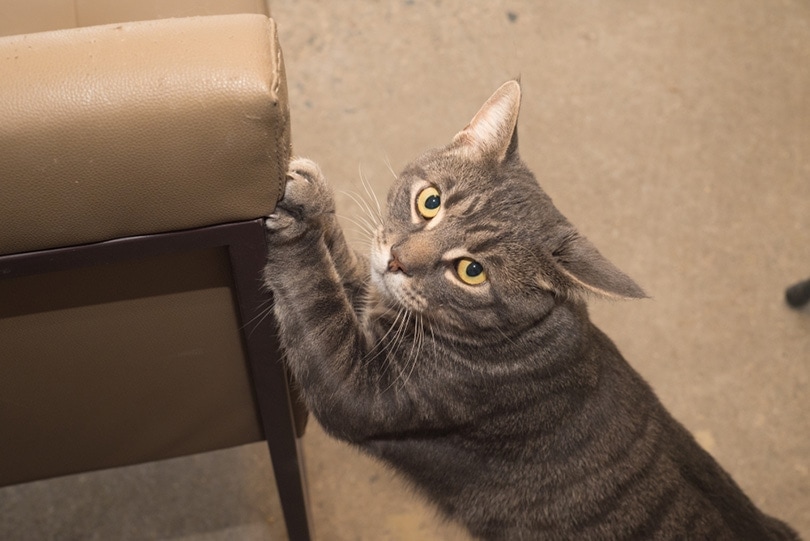
Another way cats mark their territory is through scratching, which helps them leave both a visual and olfactory mark behind. When cats scratch, their claws trap a bit of their scent from the glands around their paws, creating a kind of “signature” that identifies them as the territorial owner.
3. Rubbing
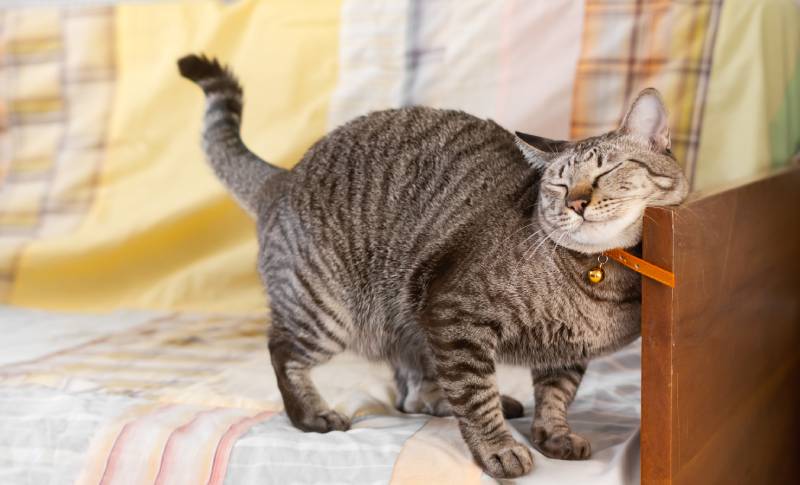
Cats have tons of scent glands, including their forehead, cheeks, chin, and the base of their tail. Rubbing activates these glands and transfers pheromones to whatever surface the cat is in contact with, marking it as their own.
4. Vocalizing
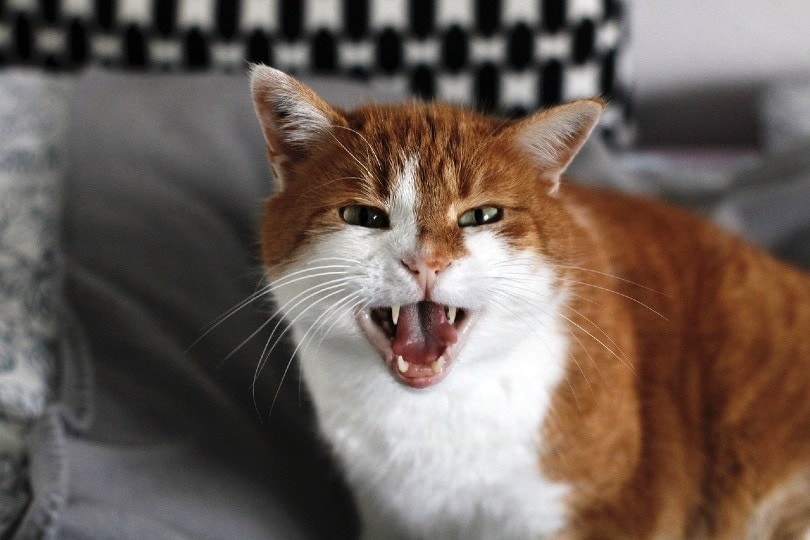
Sounds are another tool in a cat’s marking toolbox. For instance, they may hiss or growl to assert dominance over a rival or intruder trying to enter their territory. Of course, cats also make plenty of happy sounds to mark their territory with affection, like purring and meowing.
5. Physical Displays
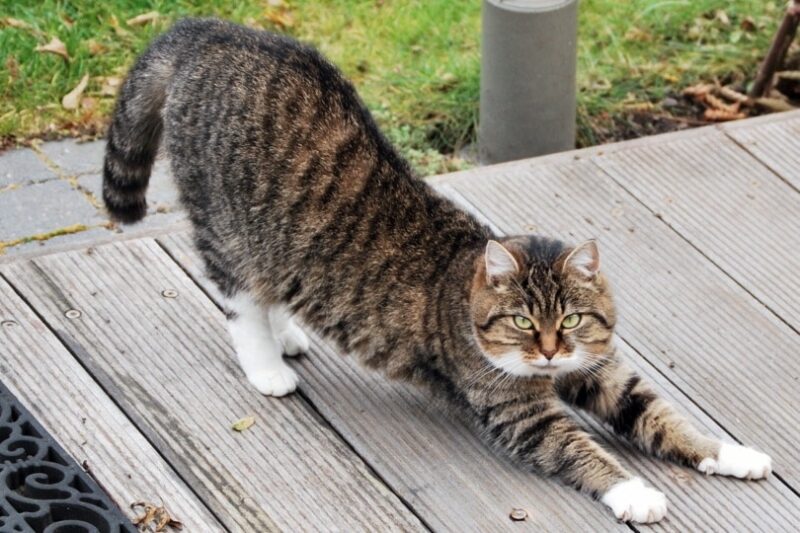
Lastly, cats sometimes use physical signals to visually communicate their territory. This can come in the form of an intense stare-down, a puffy tail and body, an arched back, and more.
Why Do Cats Mark Their Territory?
Now that we know how they do it, let’s talk about why cats mark their territory. It’s an instinctive behavior for all cats, both pets and feral.
When cats mark their territories, they share important information about themselves, like when they were there last, how long ago that was, and even how healthy they are:
To communicate with other cats
Cats have a highly developed sense of smell. By leaving scent marks, they can communicate their presence, identity, and status to other cats. This helps them establish their place in the social hierarchy and manage their relationships.
To ward off threats
Marking their territory with visuals, sounds, and smells also serves as a warning to both cats and other animals that they’re in a cat’s domain. This is especially useful for outdoor cats that need to keep other animals away from their food and shelter.
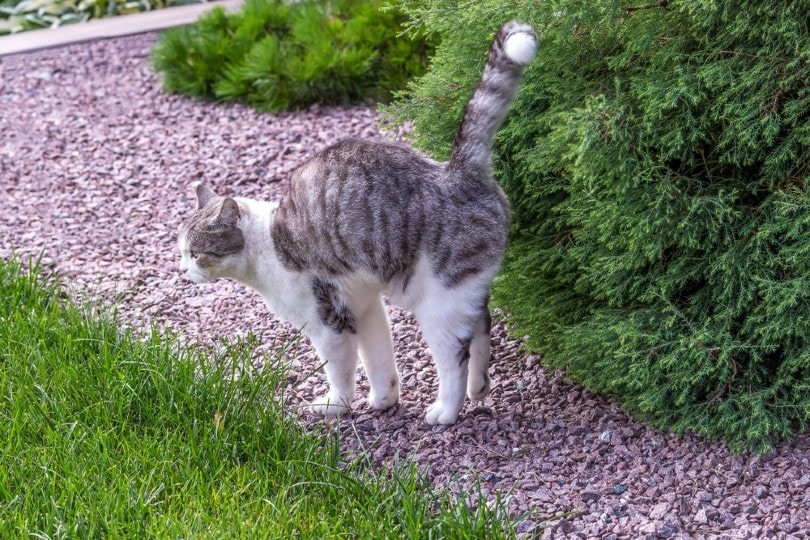
To claim their territory
In the feline world, “territory” can be anything the cat thinks is their own. That can be a specific area, objects, or even other cats, animals, and humans. It’s their way of telling the world, “This is mine!”
To make themselves feel secure
Marking a space helps it feel safe and comfortable for a cat. It’s the human equivalent of decorating a house to make it feel like a home.
To express anxiety & stress
Most cats mark more when they’re feeling anxious or stressed. It’s their way of dealing with fear and calming themselves down in uncomfortable situations, such as a drastic change in their routine or the presence of unfamiliar people or animals. It can also happen when they’re sick or in pain.
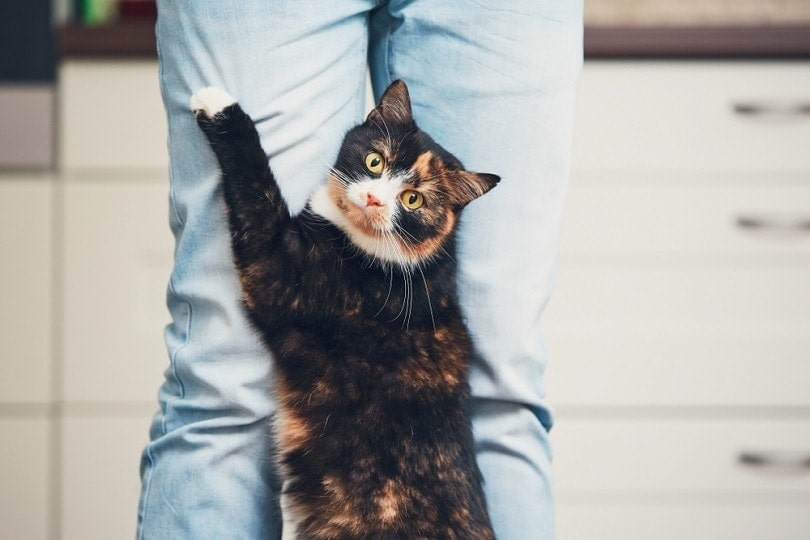
To find a mate
Intact cats in heat will spray to attract a mate and broadcast their availability. Female cats also do this to ward off other females who may be interested in the same male and vice versa.
See Also: How Do Female Cats Act After Mating?
To express trust & affection
Cats may have a reputation for being cold and aloof, but they’re very affectionate creatures. They just have unique ways of showing it. Rubbing, chin marking, and head butts are all their way of leaving a lasting “I love you” on the people, places, and things they care about.
Conclusion
The way cats mark their territory may be perplexing at times, but it makes complete sense to our feline friends. Taking the time to understand what they’re saying—even if it’s with a hiss or a spray—can go a long way toward building trust and keeping the peace.
And most importantly, it opens new opportunities to bond with your cat, whether that’s helping them calm down, making sure their needs are met, or simply recognizing their love and affection.
Featured Image Credit: Slava Dumchev, Shutterstock







